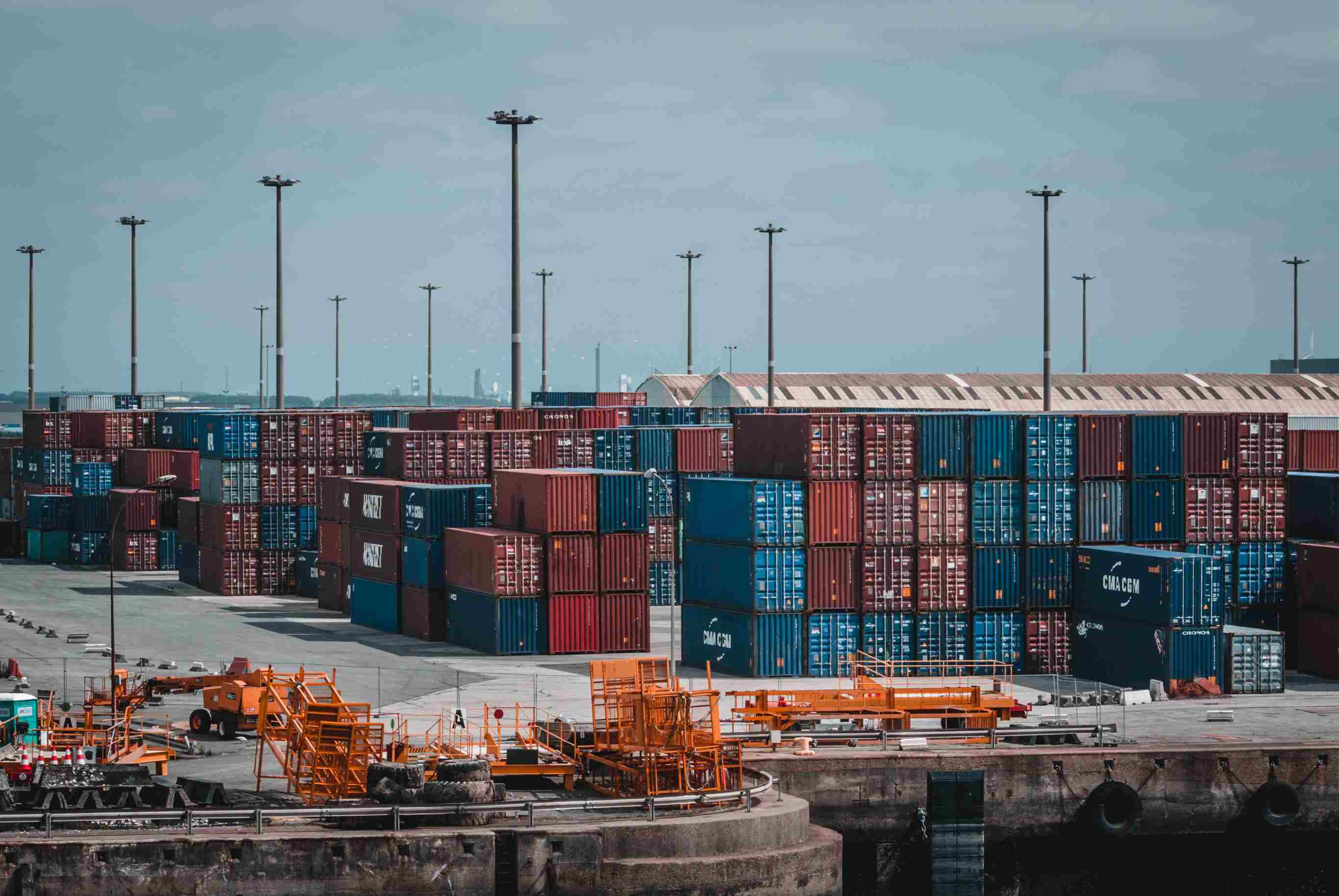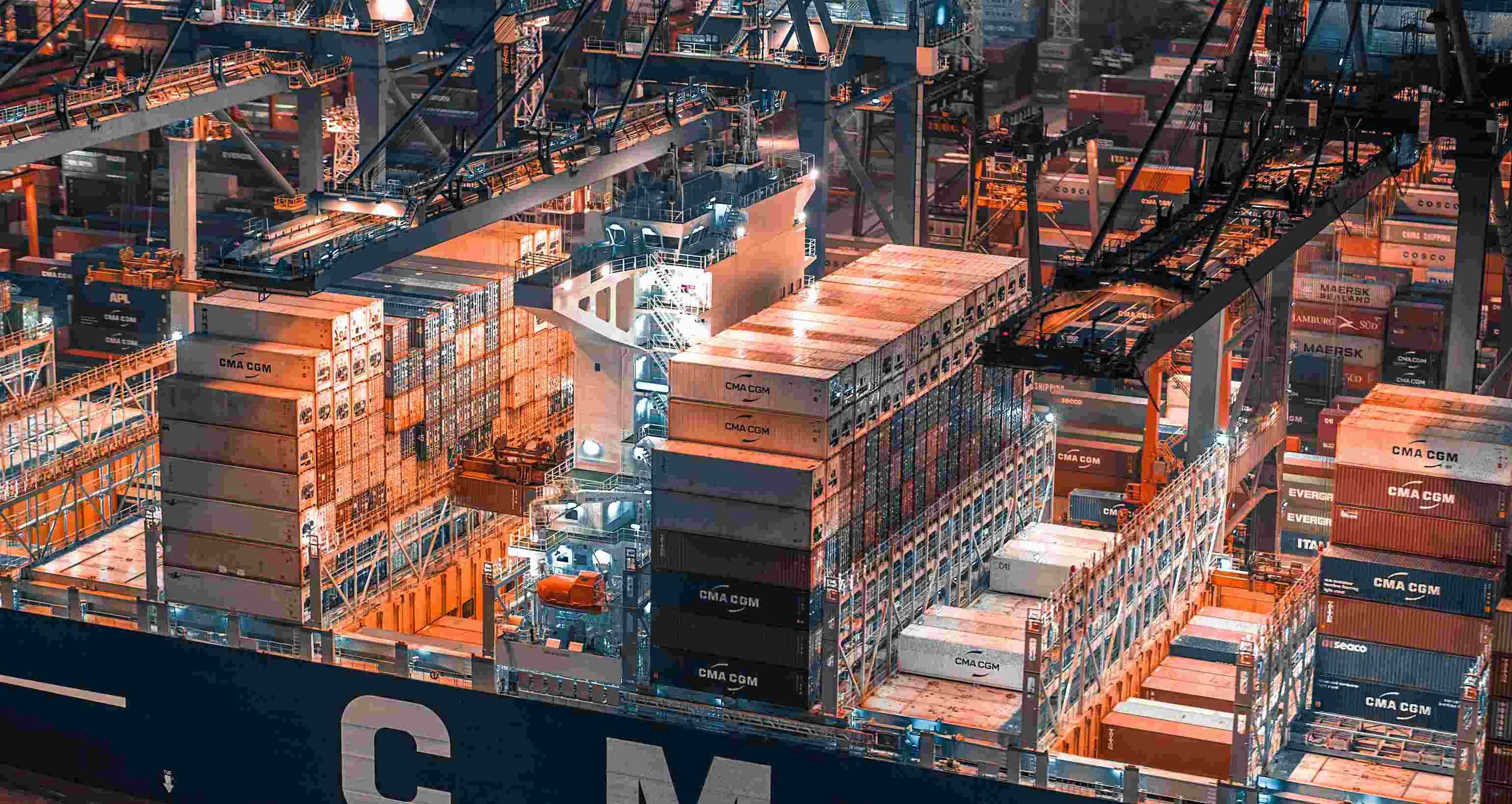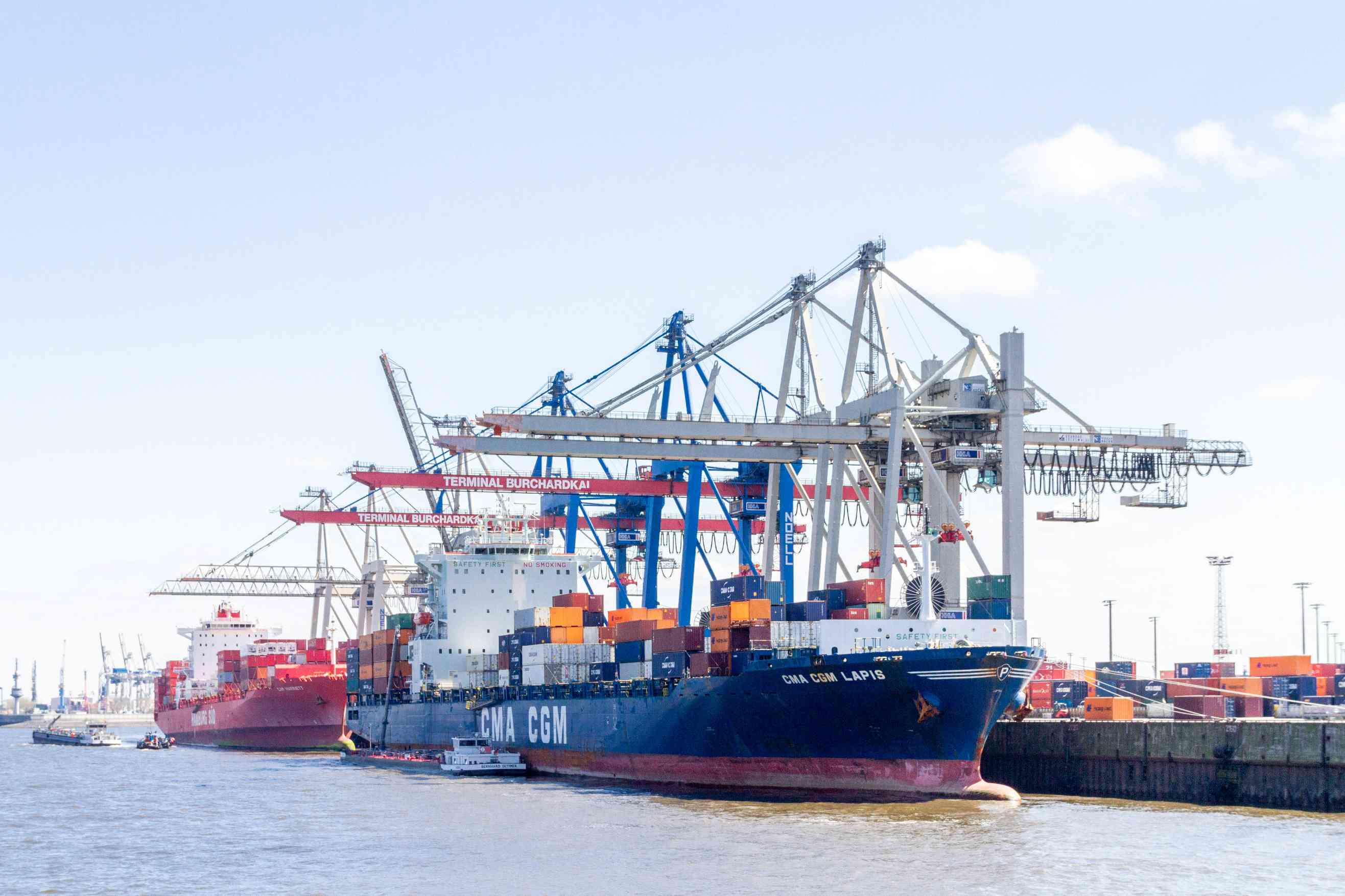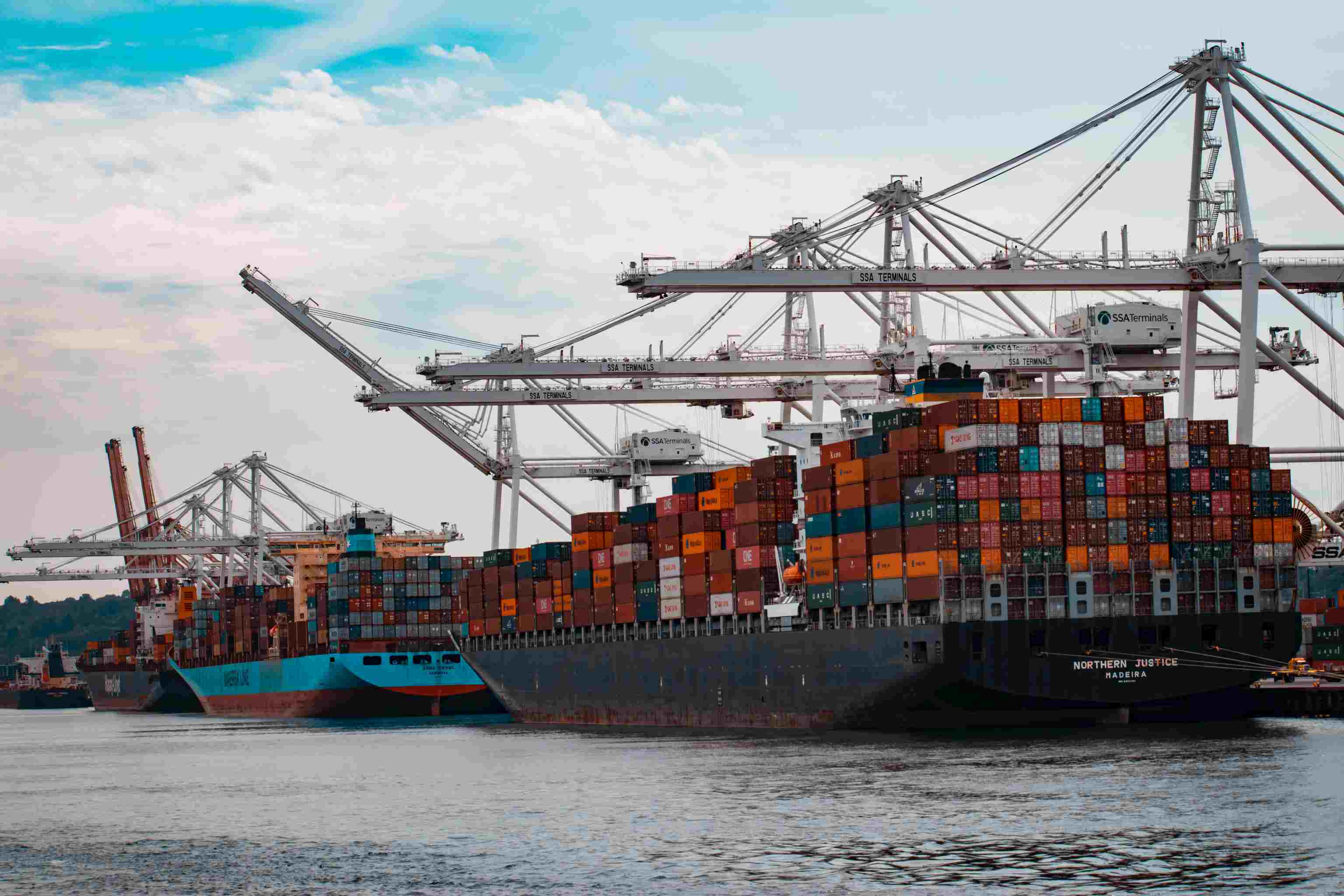China's port rankings revealed in first half of 2017
But it is worth noting that compared with the 2016 Chinese port rankings, the Chinese port rankings have changed significantly in the first half of this year. The seat rankings of 22 ports above the 34 scale have changed, and the seat change rate has reached 64.7%. Among the top 20 ports, Hebei Tangshan Port's cargo throughput increased by 12.2% year-on-year, reaching 282 million tons, surpassing Guangzhou Port and Tianjin Port, for the first time among the fourth largest port in China, and the fastest growing port among the top 10 ports. ; Hebei Qinhuangdao Port surged 37.8% year-on-year, completed cargo throughput of 121 million tons, jumping 6 places to 14th place. The two ports above Hebei will undoubtedly become the two dark horses of China's ports above the first half of this year.
In terms of specific ports, in the first half of this year, Ningbo Zhoushan Port proactively adapted to new market changes such as the establishment of a new global shipping alliance, actively responded to the impact of route mergers, strengthened cooperation with major shipping companies, and continuously strengthened its relationship with the "21st Century Maritime Silk The interconnection of countries along the "Road", the global total routes increased by 3 nets to 236, including 114 ocean trunk lines, 70 near-shore branches, 20 internal branches, 32 domestic trade lines, the port achieved cargo throughput It surpassed 500 million tons and continues to rank as the largest port in China. Without major changes, Ningbo Zhoushan Port this year will continue to refresh the record of 900 million tons of large ports last year, becoming the first and only cargo throughput in the world. 1 billion tons of Dagang. The container throughput also increased by 14.4%, reaching 12.36 million TEU, surpassing Shenzhen Port for the first time and becoming China's second largest container port.
Shanghai Port got rid of the negative growth trend of last year, and increased by 7.3% year-on-year in the first half of this year, ranking China's second largest port. However, it is worth noting that with the relocation of production terminals in Shanghai and the transformation and upgrading of inland terminals, Shanghai inland ports from January to June 2017 continued the previous negative growth trend, especially a 31.7% decline in the first half of this year. However, the development of container throughput in Shanghai Port is relatively stable. In the first half of this year, the container throughput of 19.604 million TEU was completed, an increase of 9.6% year-on-year. With the Shanghai Port stepping up cooperation with ship owners such as COSCO Shipping, further development is expected in the future.
Suzhou Port has surpassed Tianjin Port in 2016 to become China's third largest port. In the first half of this year, it continued the good trend of last year, and further expanded the cargo volume with fourth place, consolidating its position as the third largest port in the country. In terms of container throughput, Suzhou Port completed 11.5% of the container throughput in the first half of this year, reaching 2.866 million TEU, ranking 10th.
The Tianjin Port was affected by the restrictions on coal transportation. The original cargo volume of the port was partially transferred to the nearby Tangshan Port and Qinhuangdao Port. The cargo throughput fell by 6.3% year-on-year, and it was the only medium-sized port in the first half of this year to experience negative growth. port. However, its container throughput did not fluctuate greatly. From January to June this year, it achieved a year-on-year increase of 2.2%.
On the whole, China ’s economy has developed steadily in the first half of this year, and China ’s General Administration of Customs has also released import and export data for the first half of this year. Huang Songping, spokesperson for the General Administration of Customs, said that China ’s foreign trade development has been stable and the fundamentals have not changed. In the case of major risks, after continuous efforts, China's foreign trade import and export is expected to continue to stabilize and improve, and the foreign trade structure continues to optimize, and the import and export will continue to grow positively in the second half of the year. Therefore, it is expected that the port production situation this year will definitely be better than last year.China shipping





